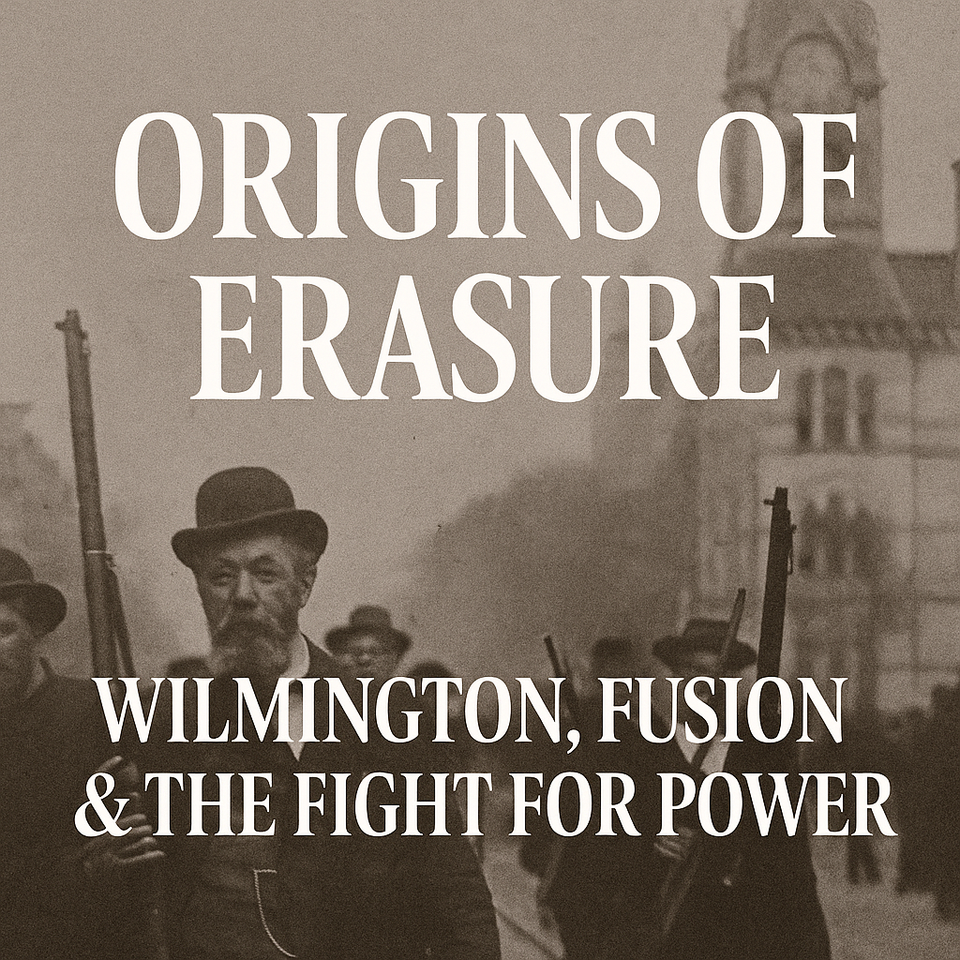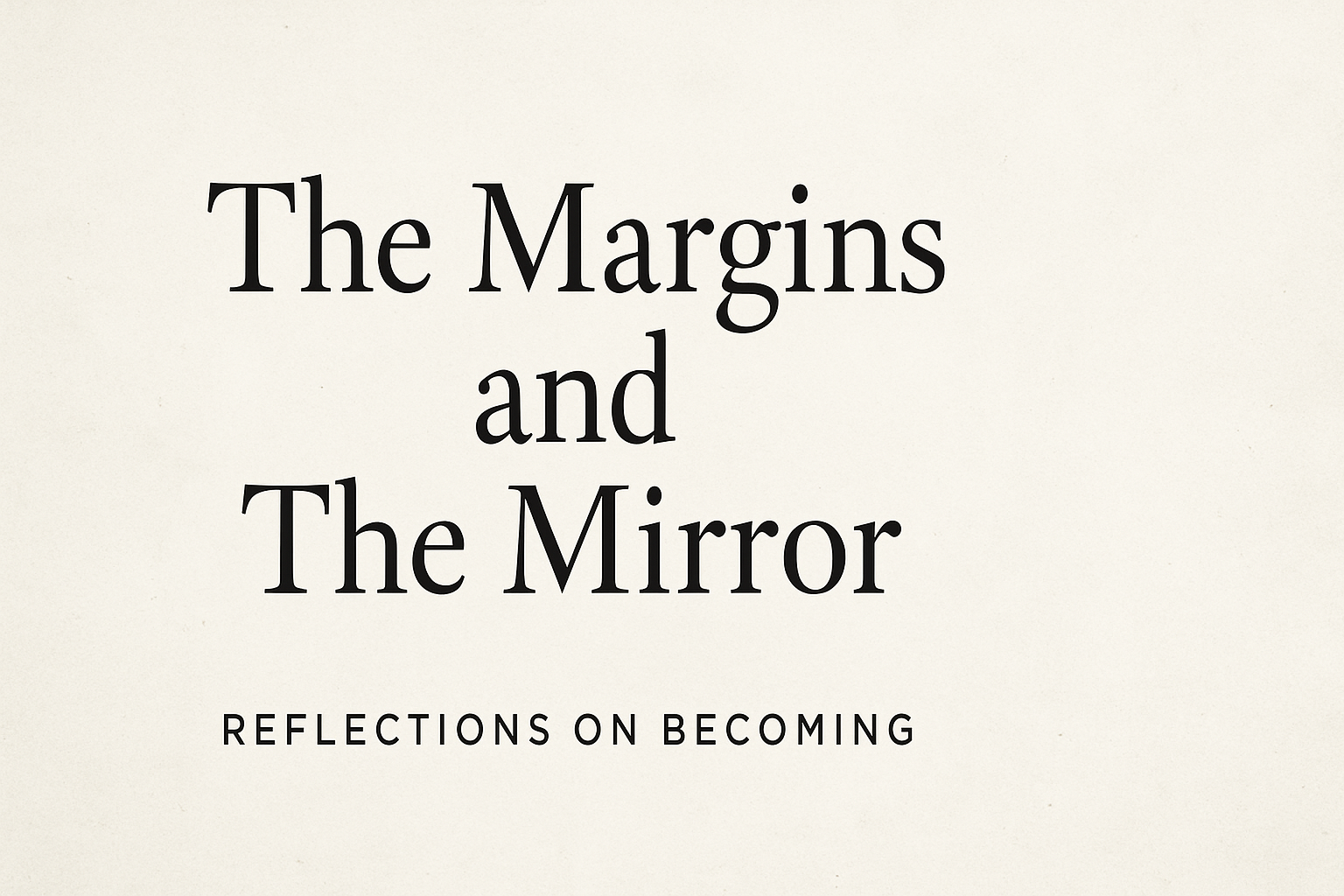🧱 Part I: Origins of Erasure — Wilmington, Fusion & the Fight for Power

There’s a war of attrition underway in America—waged not with bullets, but with propaganda, policy, and the slow erosion of public trust. While Trumpism sharpened it, the deeper fracture started long before.
We are told the divides in this country—racial, political, ideological—are too wide to cross. But history says otherwise. A usable past exists. And it happened in a place that still shapes the national divide today: North Carolina.
In the 1890s, a coalition formed between Black Republicans and white Populists in North Carolina. They called it Fusion—and it worked. Together, they won elections, passed progressive laws, and built what can only be called an early multiracial democracy.
Fusionists expanded public education, fought corruption, and elected Black legislators—during the rise of Jim Crow. In Wilmington, the largest city in the state, a thriving Black middle class lived, worked, and governed alongside white allies.
That success triggered backlash.
In 1898, white supremacist Democrats launched a coordinated campaign to regain control. They called it the White Supremacy Campaign—and they meant every word. On November 10, an armed white mob overthrew the multiracial government of Wilmington, murdered Black residents, burned a Black newspaper, and installed white officials by force.
This was no riot. It was a coup—the only successful one in U.S. history. And it worked. Black political power was crushed. Voter suppression laws followed. And North Carolina entered 70 years of Jim Crow rule.
Sound familiar?
Because the playbook is back. From January 6 to election denialism, we are watching the same tactics deployed in new clothes. Manufactured fear. Racial scapegoating. Disinformation. And the undermining of multiracial coalitions.
The Wilmington Coup isn’t just a warning. It’s a blueprint. But so was Fusion.
What the Fusionists proved—however briefly—is that shared interest can override division. That democracy can work, even in places where it’s been violently opposed. And that what is built can be rebuilt.
That’s the beginning of this story—and of this series.
📌 Coming Next:
Part II: Science & Prejudice — Eugenics in 20th-Century NC
→ Subscribe or follow to get the next post as we trace North Carolina’s long struggle with rollback and resistance—and what it means for democracy today.

